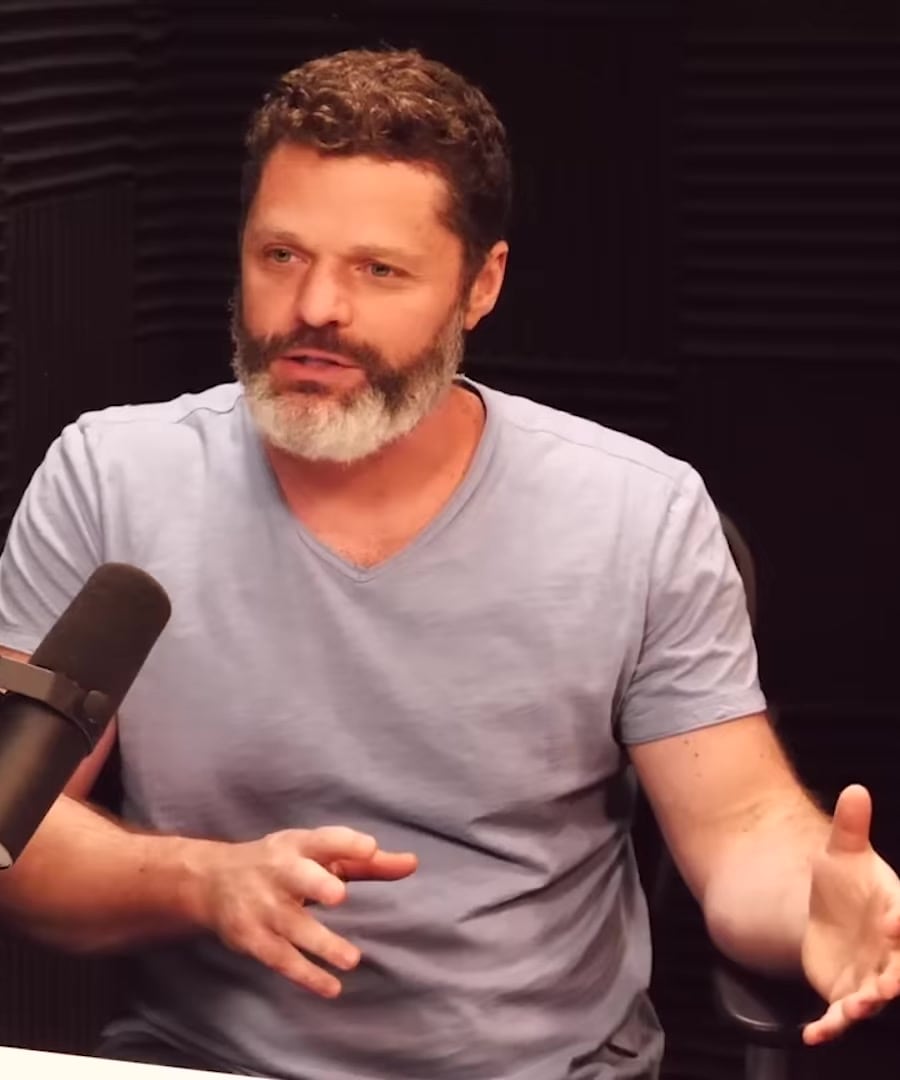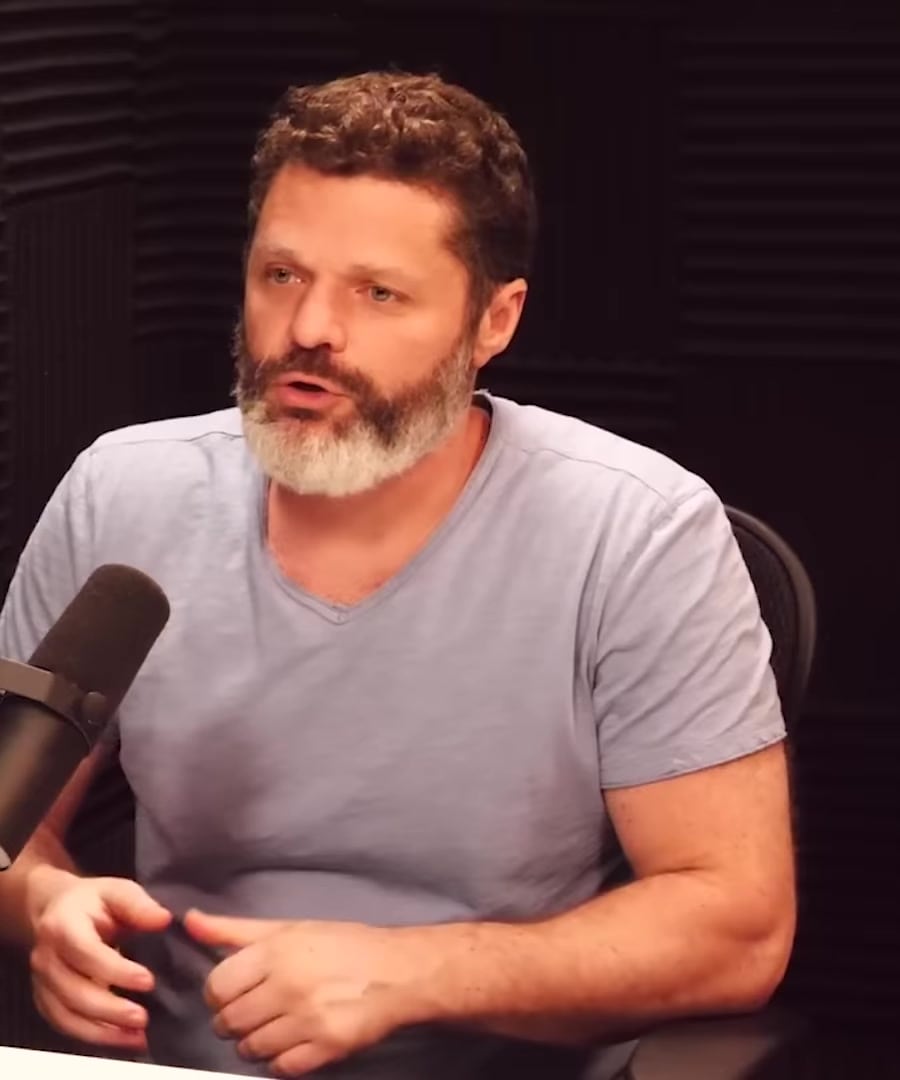Societal structure
Sources:
Lex Fridman has explored various aspects of societal structure through his podcast series. Here are some insights based on the discussions:
-
Origin and Impact of Language on Social Systems: Risto Miikkulainen discussed the theory that language originated from social systems. This included roles within society that are exchangeable, contributing to the structure of the society. It was posited that once we developed brain structures allowing for role exchanges, this set the groundwork for language and consequently more complex societal planning and structure building 1.
-
Human Nature and Societal Dynamics: Exploring the balance between collaboration and individualism, Nick Lane highlights the dual aspects of human nature seen through the lenses of capitalism and communism. This shows how societal structures evolve from both cooperative and self-interested human behaviors, molded by our interactions and societal constructs 2.
-
Power Dynamics and Societal Stability: Daniel Schmachtenberger emphasizes the effect of power dynamics on societal structure. The argument is centered around whether societies could function better with more widespread civic virtues like empathy and rationality, questioning the stability that power asymmetries bring to societal structures 3.
-
Societal Size and Stability: Daniel Schmachtenberger also delves into the optimal size of societies, drawing a parallel with biological systems. He discusses the 'binding' and 'cleaving' energies within societies, which determine whether a society will hold together or split apart. This refers to the natural limits on societal size where personal connections and community involvement remain feasible 4.
These discussions underline the complexity and variety within societal structures, the interplay of human nature dynamics, and the implementation of differing social systems based on size and governance.
RELATED QUESTIONS-



